Reheating food is a common practice in households worldwide, offering convenience for busy lifestyles. However, it also poses certain risks if not done properly, leading to potential food poisoning. Understanding how to safely reheat food can help prevent these risks, ensuring meals remain both safe and delicious. This guide explores essential tips to keep reheated food safe. From understanding temperature guidelines to proper storage techniques, these tips aim to empower readers to enjoy their meals without worry. Avoiding food poisoning is not just about following steps, but embracing practices that ensure food safety at home.
1. Proper Storage
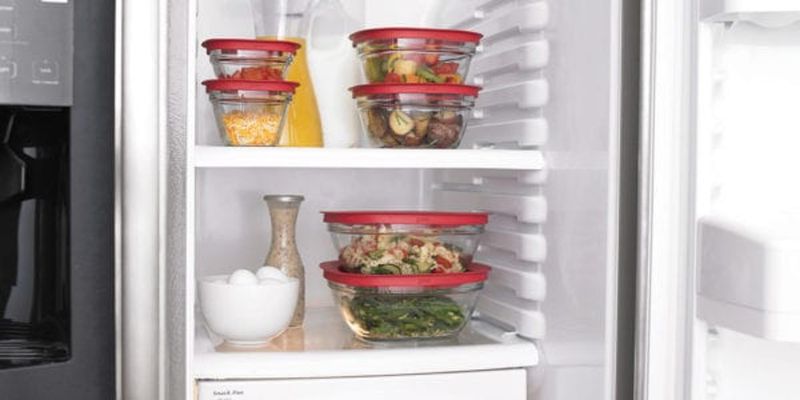
Proper storage is the first step in preventing food poisoning from reheated meals. Always ensure that leftovers are stored in airtight containers. This prevents bacteria from contaminating the food. Keep your refrigerator below 40°F to inhibit bacterial growth.
Storing food promptly after cooking is crucial. Leaving food at room temperature for extended periods can lead to bacterial growth.
Did you know? The “danger zone” for bacterial growth is between 40°F and 140°F. Always be mindful of this when storing and reheating food. Proper storage is key to food safety!
2. Reheat to Correct Temperature

Using a food thermometer can ensure food safety when reheating. Foods should be heated to at least 165°F to kill harmful bacteria.
Always check the internal temperature of the food, especially when using microwaves, as they can heat unevenly. This ensures that every part of the food has reached a safe temperature.
Remember, clear soups and sauces should be brought to a rolling boil. This ensures bacteria, if any, are eliminated, providing you with safe and tasty meals. Reheating to the correct temperature is essential for food safety!
3. Avoid Reheating Multiple Times
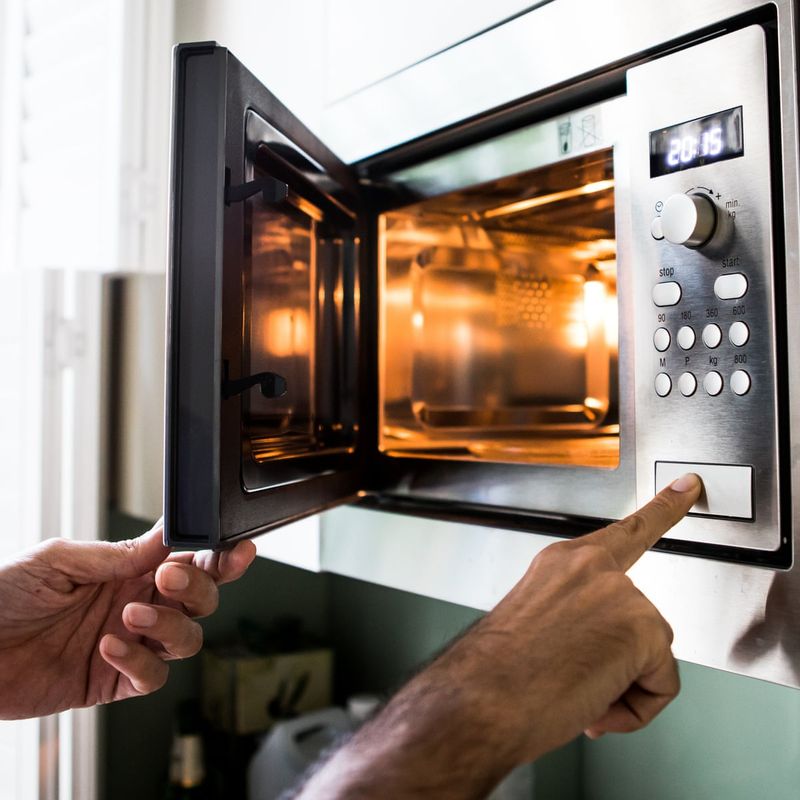
Reheating food multiple times increases the risk of food poisoning. Each time food is cooled, then reheated, it passes through the “danger zone.”
Each cycle allows bacteria to multiply, increasing the risk of contamination. Instead, reheat only the portion you plan to consume.
This practice not only ensures safety but also maintains food quality. By avoiding multiple reheats, you preserve the taste and texture while keeping your meals safe. Remember, reheating once is enough to enjoy your food safely!
4. Use Microwave Safely

Microwave ovens offer quick heating but come with their own set of safety concerns. Always use microwave-safe containers to avoid harmful chemicals leaching into food.
Stir food midway through reheating to ensure even heat distribution. Uneven heating can leave cold spots where bacteria thrive.
Cover food with a microwave-safe lid or wrap to trap steam, ensuring thorough heating. Safety in microwaving is not just about speed, but also taking steps to ensure even and safe heating.
5. Be Cautious with Rice

Rice can be a breeding ground for Bacillus cereus, a bacteria that survives cooking. Always cool rice quickly, refrigerating it within an hour of cooking.
When reheating, ensure rice is steaming hot all the way through. Never leave rice at room temperature for long periods.
Fun fact: Bacillus cereus can cause food poisoning even after reheating. Being cautious with rice is essential to avoid unpleasant dining experiences. This simple step ensures your favorite grain remains delicious and safe.
6. Avoid Certain Foods
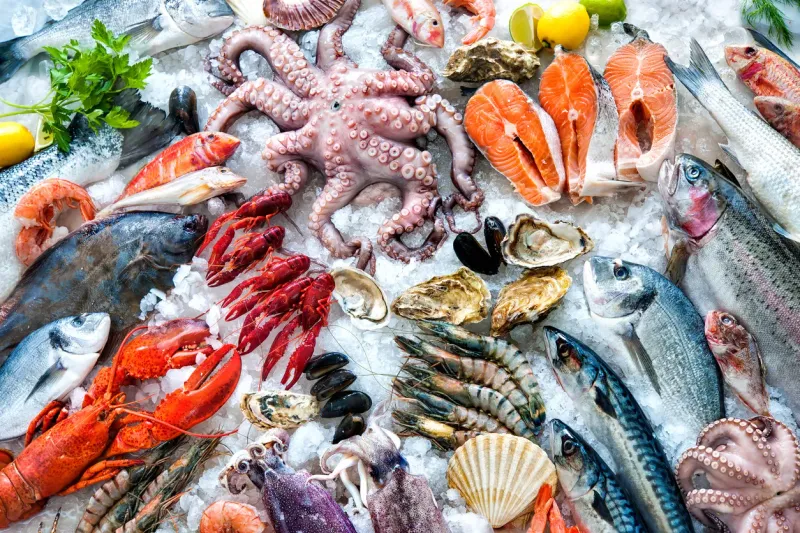
Certain foods, like eggs and seafood, can be risky to reheat. They pose a higher chance of causing food poisoning.
These foods should be consumed fresh or reheated with extra caution. They can spoil quickly and may not always reach a safe temperature throughout.
To ensure safety, verify that these foods are steaming hot before eating. This consideration ensures meals are both enjoyable and safe, sparing you from potential health risks.
7. Cool Food Quickly

Quickly cooling food after cooking prevents bacterial growth. Divide large quantities into smaller portions to cool faster.
Use shallow containers for quick cooling, and make use of ice baths if necessary. Rapid cooling ensures food remains safe for reheating later.
Quick cooling isn’t just practical; it’s your ally in maintaining food safety. This simple step can significantly reduce the risk of foodborne illnesses when reheating. Always remember, cooling quickly is a key safety measure!
8. Label and Date Leftovers
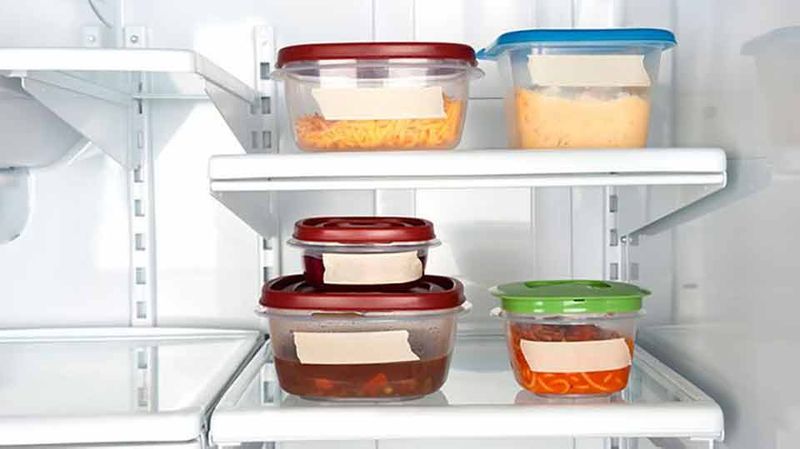
Labeling leftovers with dates helps keep track of freshness. Store them within 3-4 days to ensure safety.
This practice avoids guessing how long food has been stored, reducing the risk of consuming spoiled food.
Dating leftovers not only safeguards health but also aids in meal planning. Keeping track is a straightforward way to enhance food safety, minimizing the chances of food poisoning from reheated meals.
9. Thaw Safely
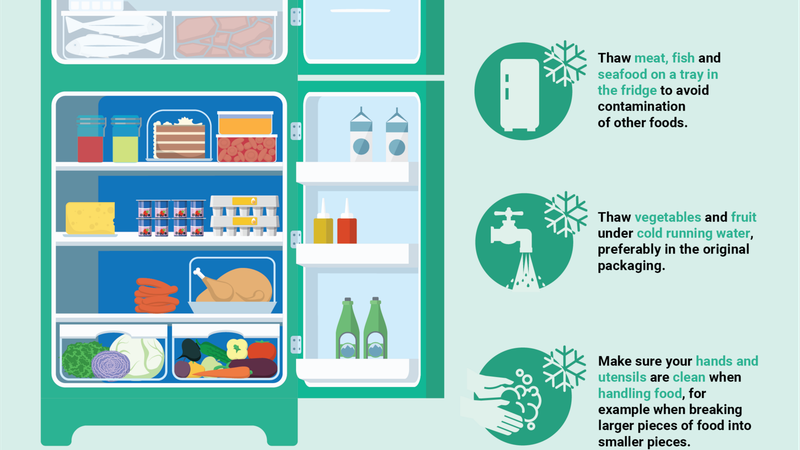
Thawing food safely is vital to prevent bacterial growth. Always thaw food in the refrigerator, microwave, or under cold running water.
Avoid thawing food at room temperature, which can allow bacteria to multiply rapidly. Proper thawing preserves the quality and safety of food.
Remember, thawing is a critical step in food preparation. By following safe practices, you ensure that food remains safe and delicious for reheating.
10. Avoid Standing Time
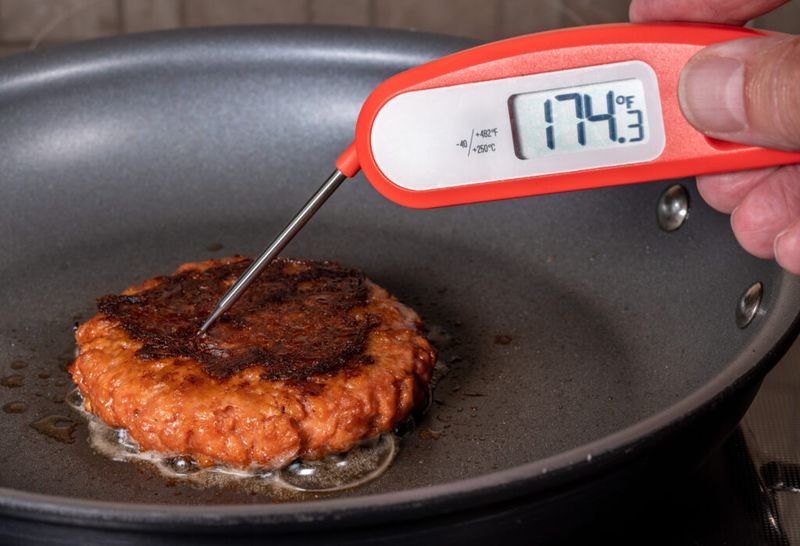
Avoid allowing food to stand too long before consuming it after reheating. Standing time can allow bacteria to grow if food cools too much.
Eat reheated food promptly to minimize the time it stays in the “danger zone.” This ensures food safety and optimal taste.
While it may seem trivial, consuming reheated food promptly is a small step that contributes greatly to food safety. Enjoy your meals fresh from the heat!
11. Stir and Rotate Food

Stirring and rotating food during reheating promotes even temperature distribution. This technique ensures that no part of the food remains cool enough for bacteria to survive.
Whether using a stovetop or microwave, stirring helps achieve consistent heating. This reduces cold spots and ensures food safety.
Stirring and rotation might seem minor, but they’re pivotal in ensuring every bite is safe and delicious. This simple practice enhances reheating safety and meal enjoyment.
12. Check for Off Smells
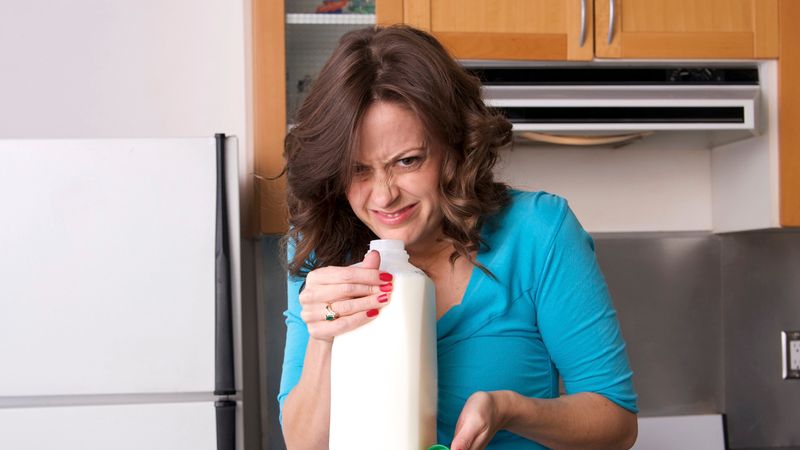
Always check leftovers for off smells before reheating. An unusual odor can be a sign of spoilage, indicating the presence of harmful bacteria.
If food smells “off,” it’s safer to discard it rather than risk food poisoning. Trust your senses; they’re a reliable guide for food safety.
Smell is often the first indicator of spoilage. By being attentive, you can prevent possible health issues, ensuring every meal is both appetizing and safe.

Well, hello there!
My name is Jennifer. Besides being an orthodontist, I am a mother to 3 playful boys. In this motherhood journey, I can say I will never know everything. That’s why I always strive to read a lot, and that’s why I started writing about all the smithereens I came across so that you can have everything in one place! Enjoy and stay positive; you’ve got this!

